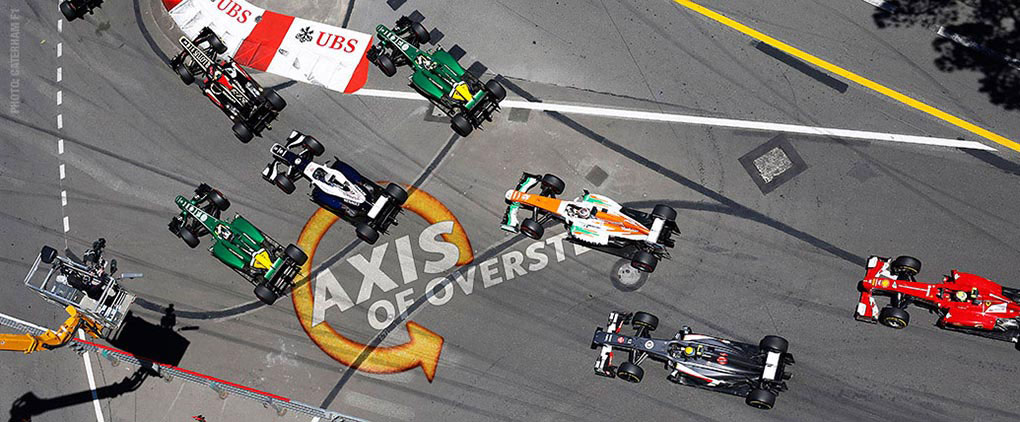
The rear wing of the OAK Racing LMP1 Le Mans racer, bizarre, isn't it? Care to venture a guess?
No they are not vortex generators, the answer is both more pedestrian and much more fascinating as part of the never ending battle between those who write the rules and those who get paid to bend them until they are broken.
Find out after the jump.

As Race Car Engineering and Mulsannecorner.com explain, LMP1 regulations mandate a 20mm gurney flap at 90 degrees to a virtual plane connecting the highpoint of the wing to the rear lip. With mandated power reductions in 2011 teams have been striving to reduce drag more than to find more downforce and a tall 90 degree flap is not what you want on the long straights of the Sarthe.
The solution found by OAK Racing engineers, simple if not very esthetically pleasing, turns 90 degrees into 120 and is illustrated in the drawing below.

Genius!
ReplyDeleteThat's a plane? Boy, geometry has sure become a lumpy subject since I graduated college... That'll probably work for all of one race, after which they'll clarify the rules to specify that the flap must have an even cross-section across at least 80% of its length...
ReplyDelete@ Niky
ReplyDeleteNo, that's not a plane, but they're not claiming it is either. I believe the purpose of the bumps is to raise the high point of the wing, changing the angle of the virtual plane between the high point of the airfoil and the trailing edge, changing the angle of the mandated gurney flap.
Somebody correct me if I'm wrong.
The "plane" is just the imaginary line drawn from the high point of the wing to the rear lip, that's all....
ReplyDeleteWould have to think its the same idea of boulders in a stream. The water has to rush around the boulders to keep the same current in the river. Creating a faster flow, which would generate down force. In my strange mind it makes sense :)
ReplyDeletePete,
ReplyDeleteYou've got it a bit wrong. You want slower moving air on top of the wing. Also, your boulder analogy works in the high school physics version of aerodynamic theory, but in the real world there is no imaginary desire possessed by air or water to accelerate itself around or over an object in order to maintain some predetermined rate of flow. That model works well in high school physics class but it is not a realistic account of aerodynamics in the real world. I used to have a hard time with this myself because that explanation of aerodynamics is so commonly used, but a trip to NASA's website did me a lot of good since they explain that and other flawed theories of lift, etc. I would definitely recommend checking that out.